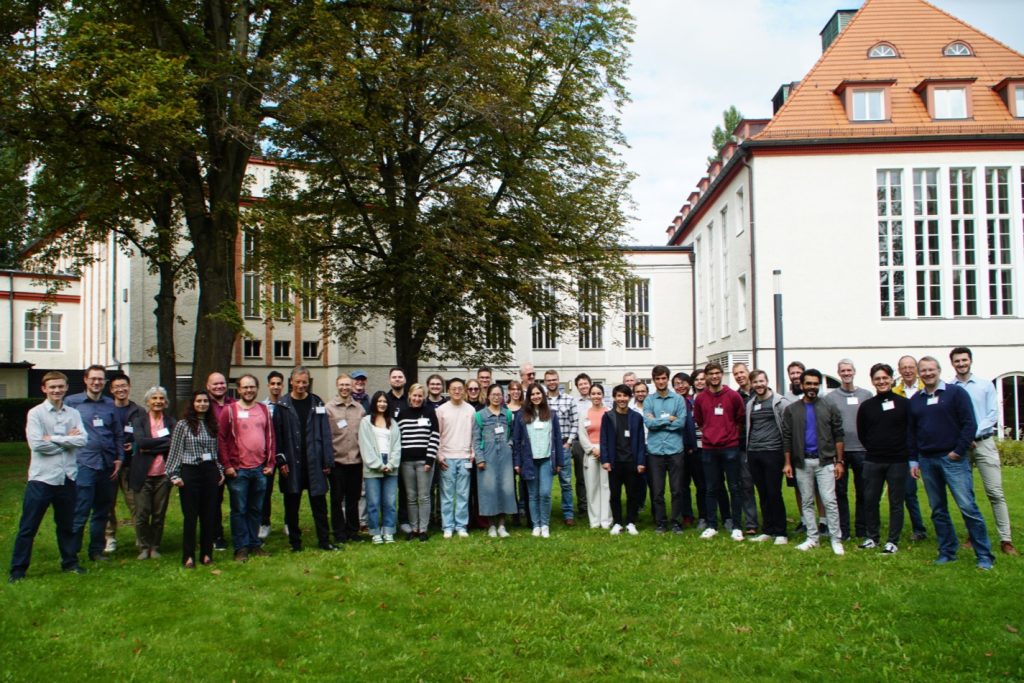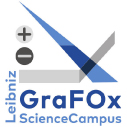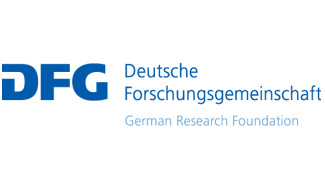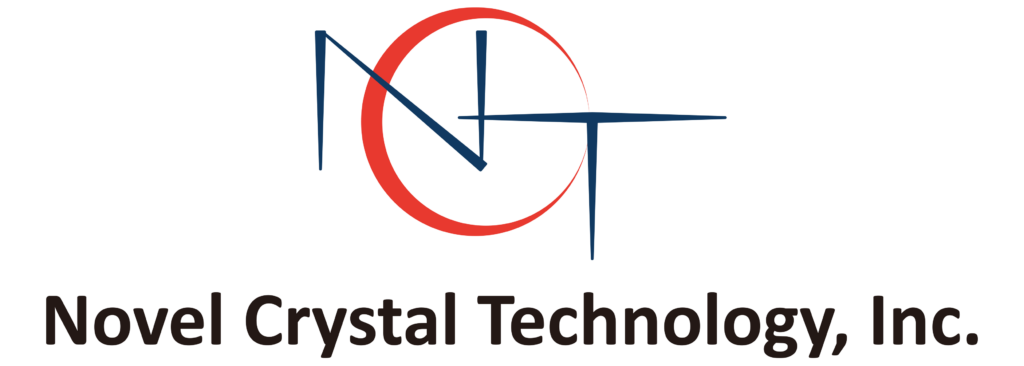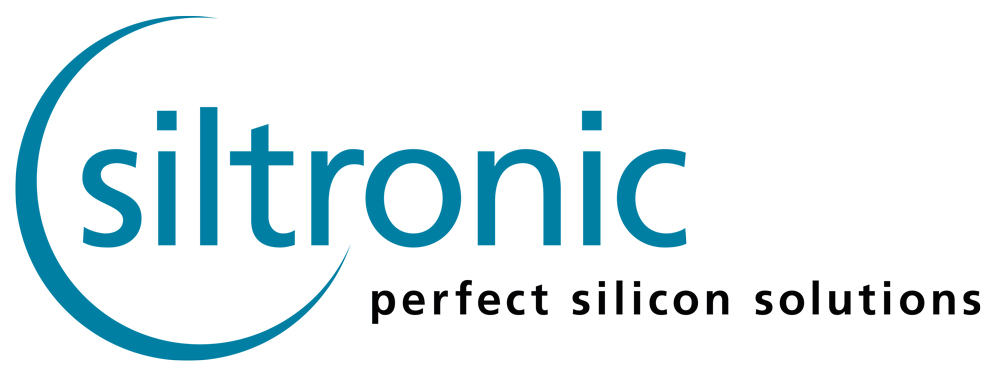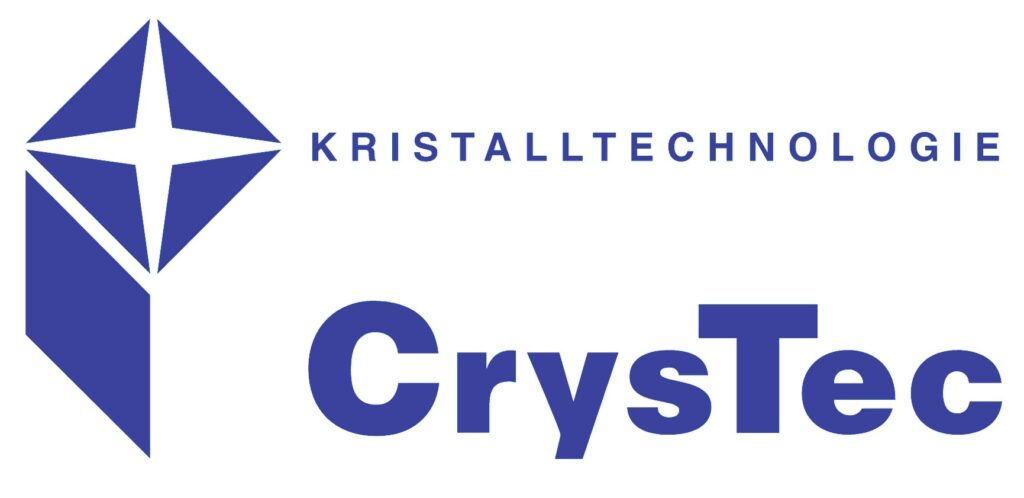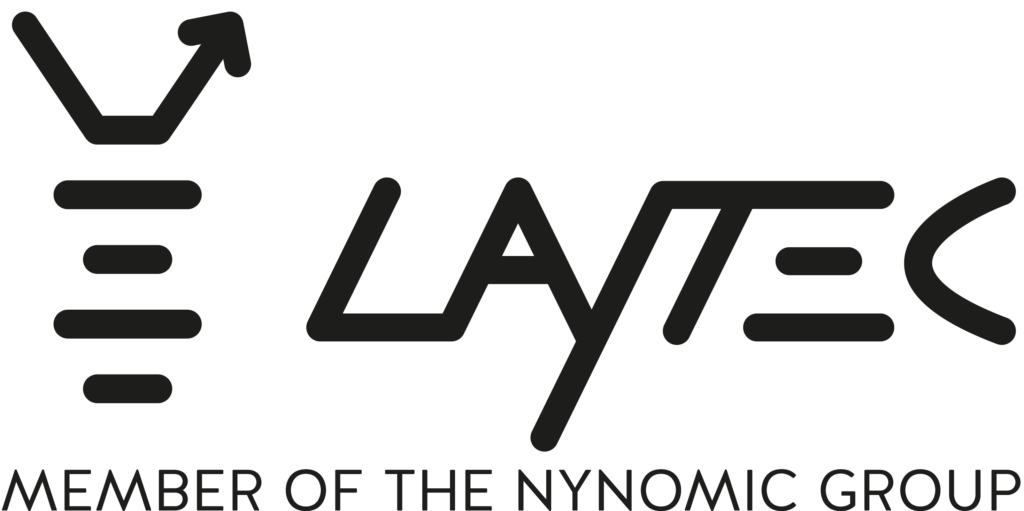GraFOx is a Berlin-based research network focused on the creation and exploration of oxide systems for new generations of electronic devices. The network combines experiment and theory in crystal growth, epitaxy, and fundamental physical investigations, and is committed to educating young scientists in one of the most promising areas of solid-state physics.
The GraFOx network is comprised of 8 research institutions and universities, collaborating on more than 33 coordinated projects, involving 40 PIs and 25 PhD students. Read more about our partners here.

Scientific Background

Oxides are among the materials with the widest tunability of physical properties. Spanning insulators, semiconductors, metallic conductors and superconductors, magnetic materials, ferro-/antiferro- and other dielectrics, oxides are a materials class with high potential for a new generation of electronic devices. Particularly in energy applications, they are expected to exhibit outstanding performance.
Yet, control of oxides is in its infancy. Compared to more conventional semiconductors, the strong ionicity of bonds in oxides poses big challenges, such as a variety of crystal phases, non-stoichiometry and defects. Harnessing oxides for electronic devices, like the quest to control GaN, therefore requires both, the growth of well-defined material and a broad understanding of device-relevant physical properties.
GraFOx history
Grafox I was established as a Leibniz ScienceCampus in July 2016 and ran until June 2020.
GraFOx I goals:
- Achieve optimum material quality for sesquioxides (Ga2O3, In2O3, Al2O3), to establish and to understand their inherent properties
- Address all relevant aspects which play a role for sesquioxide-based devices
- Operate in close interaction between experiment and theory
- Actively involve and train young scientists

